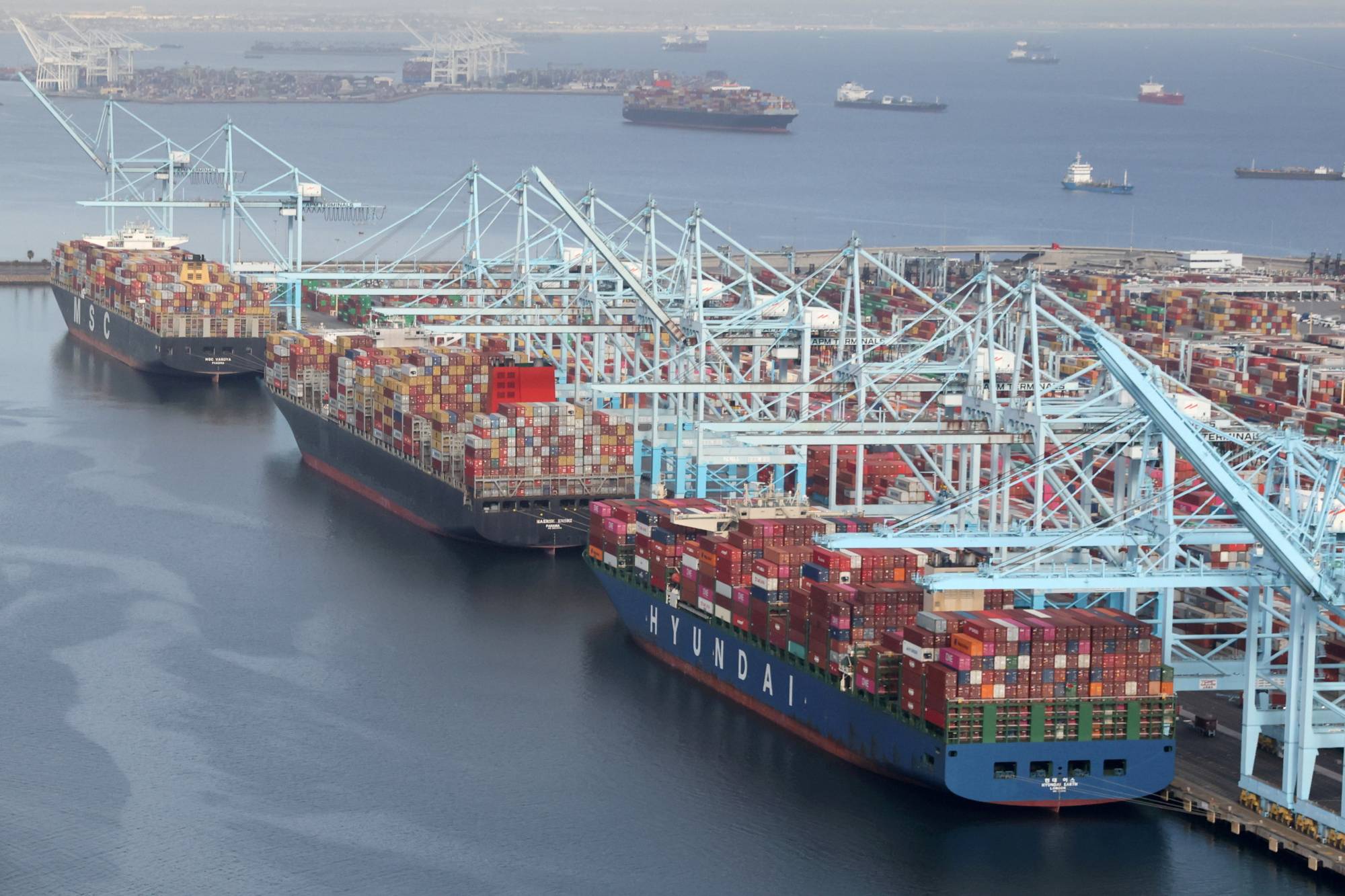As supply-chain woes have wreaked havoc on the global economy, one chokepoint in particular has stood out: America’s woefully inefficient ports.
Ships idling off the coast, waiting to offload goods, have become an icon of paralysis. At one point recently, about 200,000 containers were stranded aboard anchored vessels outside the Port of Los Angeles. East Coast seaports have seen similar lags. Such delays impose serious costs: Retailers face shortages, manufacturers have slowed production, goods have spoiled and exporters have lost customers. Experts expect the crunch to last for months.
To be clear, port congestion isn’t the whole story. As the pandemic ebbed, consumer demand for goods soared. Imports surged and warehouses filled up. Labor shortages put trucking and rail networks under stress. Disruptions to the flow of critical components — such as truck chassis and shipping containers — clogged cargo facilities. As bottlenecks proliferated throughout the economy, ports bore the brunt.


















With your current subscription plan you can comment on stories. However, before writing your first comment, please create a display name in the Profile section of your subscriber account page.